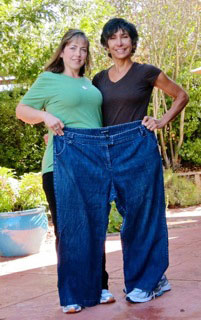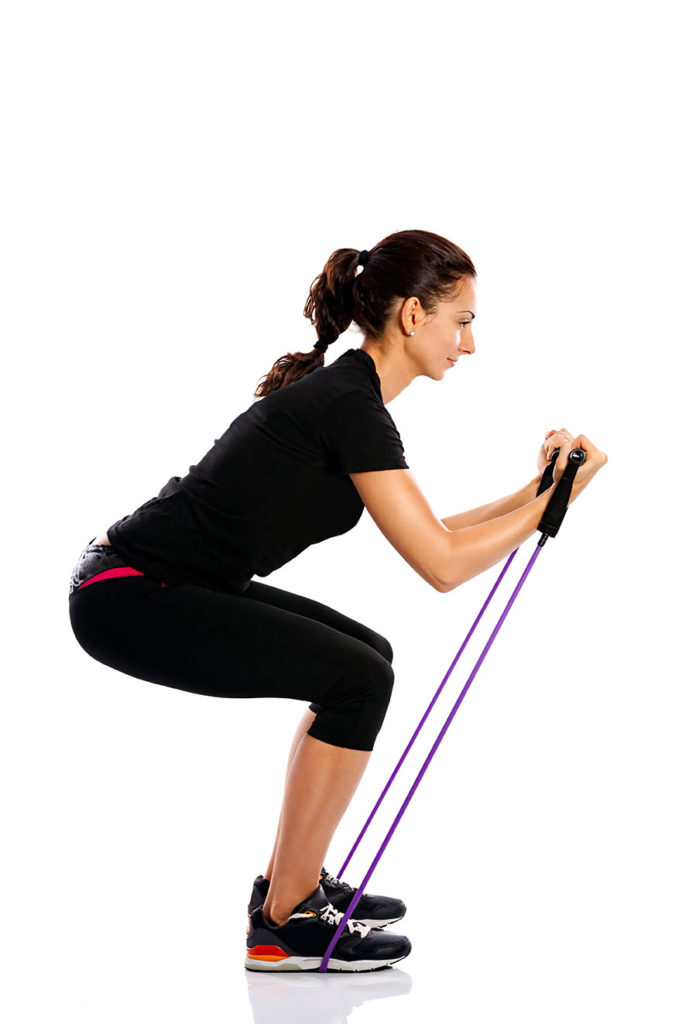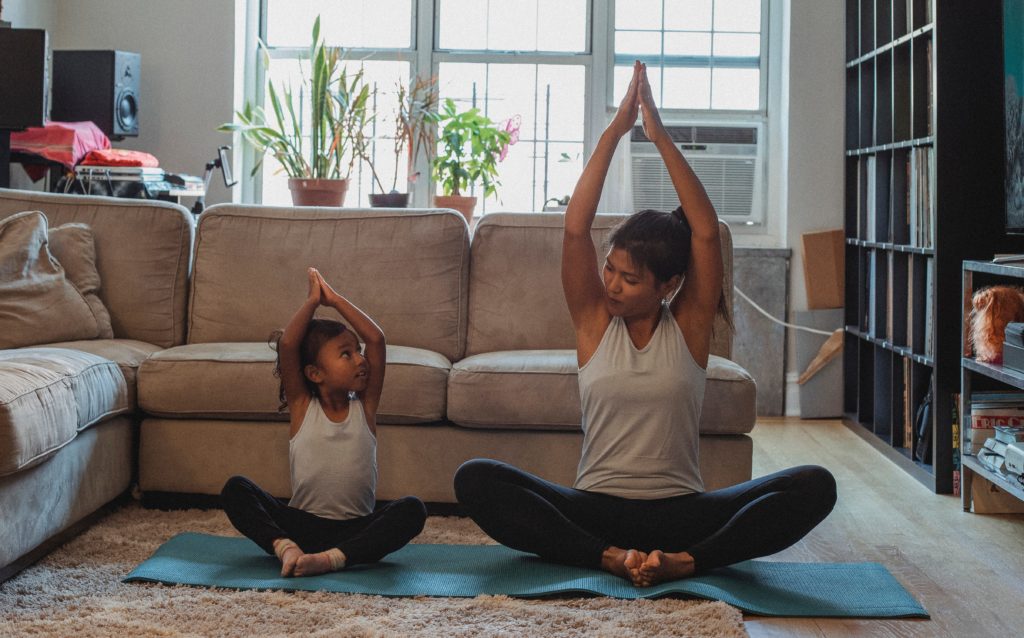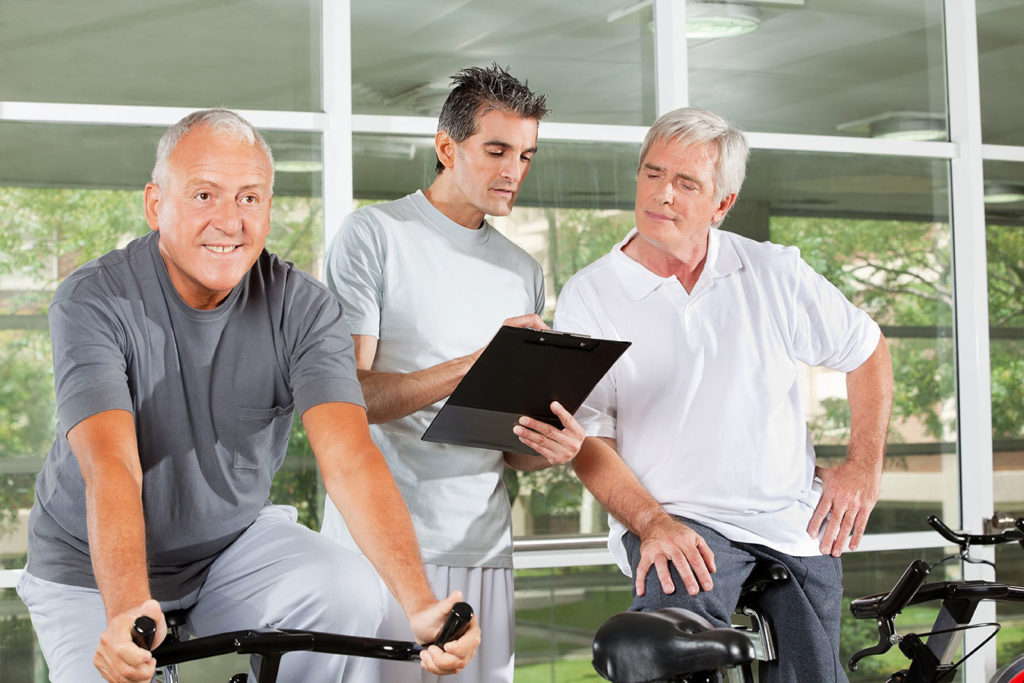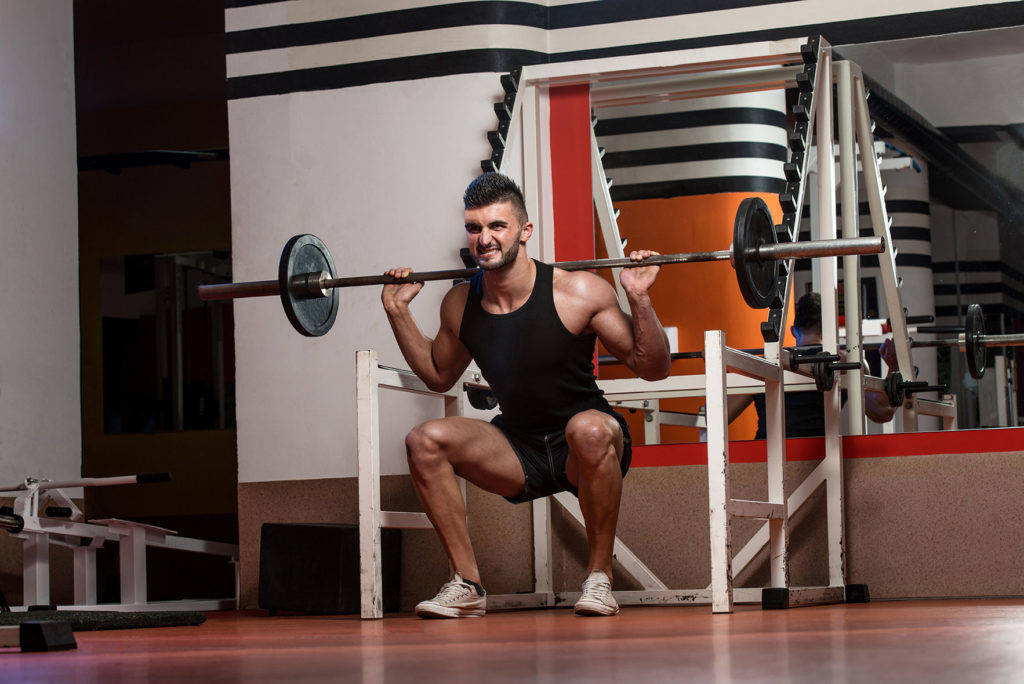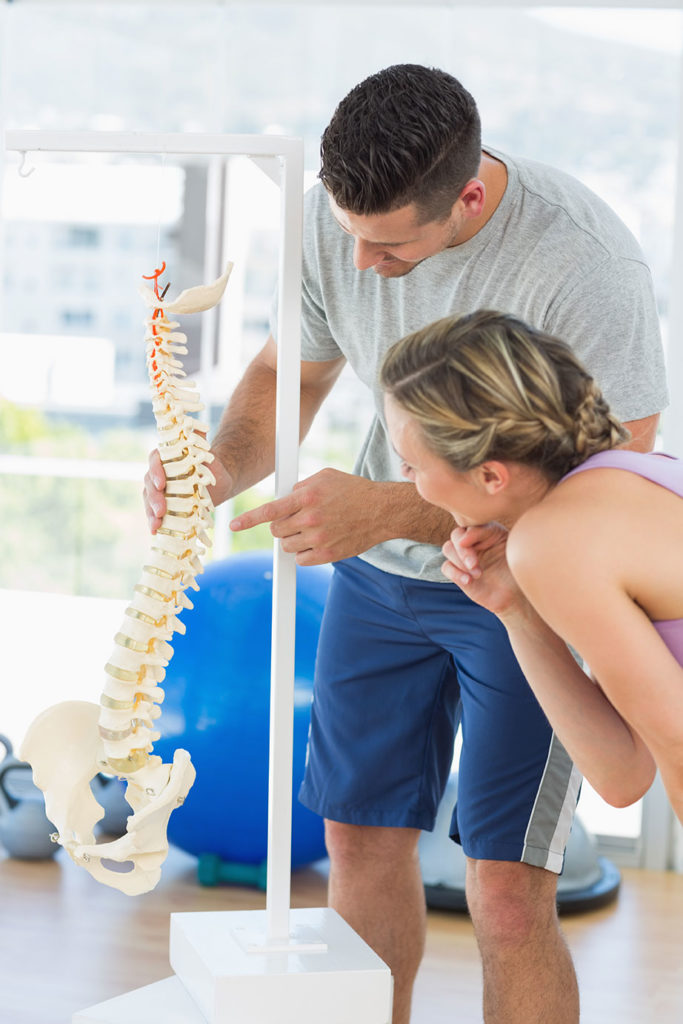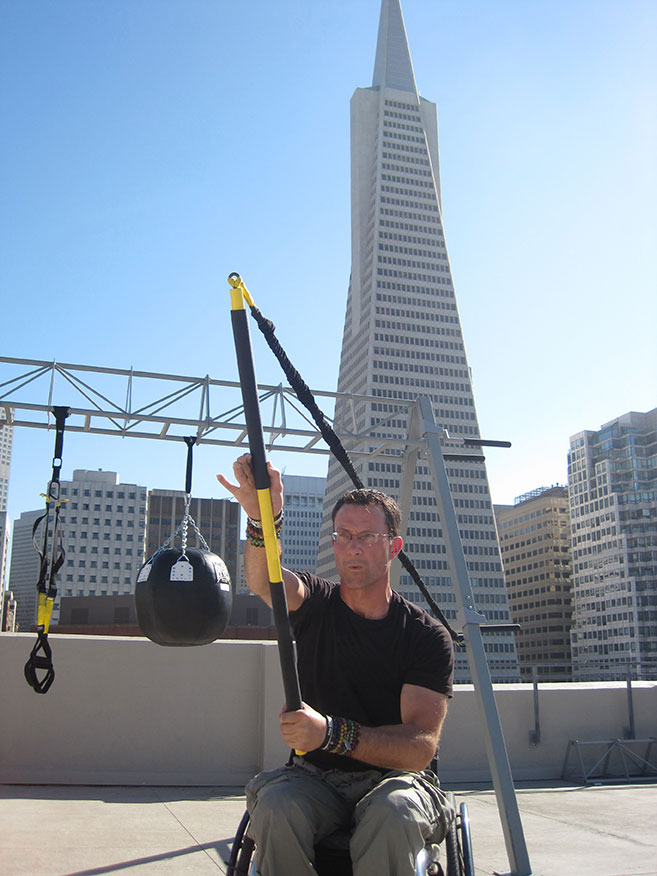Archive for December 2014
The Hunger-Obesity Paradox: There’s an App for That
More than one-third (78.6 million) of U.S. adults are obese. But according to a 2014 report by Feeding America, a hunger relief charity, 49 million Americans are “food insecure,” meaning they eat smaller amounts, go hungry or eat less nutritious foods because they can’t afford to eat better. Almost one-third of America’s food insecure are children, the report says.
Read MoreFood Focus: Fennel
Most often associated with Italian cookery, fennel’s sweet-anise, licorice-like flavor adds a unique dimension to soups, salads, saute?s, braises and desserts. The seeds, the leaves, the celery-like stalks and the bulb of this herb plant can all be used in cooking.
Read More“How do you create professional boundaries with your clients?”
One of the ways that I establish pro- fessional boundaries is by keeping the training sessions about the clients. When they ask, “And how are you?” I answer with a genuine “Great!” and leave the conversation at that.
Read MoreYouth Sports Training
Did you know that throughout the United States there are currently more than 35 million active athletes aged 5–18 competing in youth sports (Statistic Brain 2014)? That means there is a growing opportunity for personal trainers to offer services in a new way.
Read MoreHow to Work With an Overweight Client
Inspired by fear. Kerry was afraid when she first reached out to personal trainer Sue D’Alonzo in March 2013. The lim itations Kerry’s body presented from carrying excess weight had become more severe. She feared these limitations would make it increasingly difficult for her to keep up with her young son, and she worried that trying to do so might result in injury. Kerry also dealt with nagging hip pain. Although Kerry expressed these concerns to her physician, she was never advised to lose weight. Eventually, Kerry turned to D’Alonzo for help.
Read MoreGet an Edge on Training at the 2015 IDEA Personal Trainer Institute™
Are you just starting a training business? Do you want to expand your training team or your programming? Would you like to build a stronger reputation for delivering extraordinary results? Is it time to develop a new market specialty area and multiply your earning potential? Whatever your next train- ing move is, you’ll find the edge you need at the 2015 IDEA Personal Trainer Institute.
Read MoreDoes Exercise Order Really Matter in Resistance Training?
Research on resistance training design finds that the chief variables include intensity, volume, recovery between sets and exercises, workout frequency, equipment and speed of movement (Sima?o et al. 2012).
Read MoreSocial Media and “Weight Talk”
The Internet offers plenty of opportunity to share helpful, positive content. However, it’s also a hotbed of negativity, especially when it comes to discussions on weight.
A study facilitated by researchers at the National Institutes of Health in Rockville, Maryland, wanted to understand the types of conversations that are taking place on this subject. Using a commercial Web-crawling tool, the investigators explored popular social media sites and pulled posts that included fat, obese/obesity and/or overweight. The process lasted 60 days and culminated in 1.37 million posts.
Read MoreHelp Parents Help Kids Get Healthy
We know that the right home environment can lay a strong foundation for health and fitness. Help your clients improve their kids’ health with these suggestions from IDEA member Jennifer Salter, director of Lifeline Personal Training in Toronto:
Read MoreA New Tool in Exercise Adherence?
Do your clients struggle to stay motivated during exercise sessions? New research has presented a technique that just might help.
Called “attention narrowing,” the technique involves keeping visual focus on a specific target, such as a finish line, instead of taking in all the sights along the way. This may not seem novel—athletes often “keep their eyes on the prize” during competition— but researchers who recently studied this topic believe that visual focusing can help everyday exercisers stay on track as well.
Read MoreHow to Improve Function in Obese Adults
Mobility can be an issue for adults with obesity, and exercise can help. But is there a preferred method for improving functional capacity in this population? Researchers may have the answer.
Read MoreFrightening Bone Health Statistics Among Men
Osteoporosis is typically thought of as a “woman’s disease.” But a recent report published by the International Osteoporosis Foundation warns that, in certain circumstances, men may be at greater risk than women for potentially fatal bone health–related maladies.
Read MoreThe Best Way to Reach Older Audiences
Older adults are often considered an underserved population; however, a great many of them need guidance from a qualified fitness professional. Recently, researchers studied how to market to this group.
Read MoreWhich Is Best for Hormones: The Bar or the Machine?
Testosterone and growth hormone are associated with strength and muscle gains. But what is the best training method for eliciting an acute hormone response? A study published in the Journal of the National Strength and Conditioning Association (2104; 28 [4], 1032–40) contributes to this debate.
Read MoreGym Helps Kids Across the Spectrum
Sometimes the best ideas are born of necessity. Dina Kimmel, a mother of two, experienced difficulty finding ways to support her autistic son’s development, so she took on the challenge herself and created a “sensory gym” in her home. After seeing her son’s success with it, Kimmel decided that this type of setting should be available to others, and she opened the first We Rock the Spectrum Kid’s Gym® for All Kids in Tarzana, California.
Read MoreThe Mental Aspects of Chronic Pain
As a fitness or wellness professional, you understand better than anyone that the cells in our bodies adapt to the stresses that are placed on them. This is why you are able to help people experience the won- derful benefits of building muscle, reduc- ing body fat and improving overall fitness and wellness as part of a healthy lifestyle.
Read MoreEating With the Seasons
If we step back and take in the big picture on nutrition, food and our relationship to eating, the human body looks like a miniature version of the universe— everything happening in the external world is also happening within us.
Read MoreReducing Stress May Prevent Weight Gain
If you’re having a hard time persuading people of the value of relaxation, let them know that recent research shows stress and depression may alter metabolic responses to high-fat meals in ways that can promote weight gain.
Read MorePilates and Chronic Lower-Back Pain
More evidence has emerged that Pilates can help people with chronic lower-back pain. Patients with this condition who practiced Pilates twice a week for 50 minutes over a 90-day period experienced improvements in pain, function and quality of life compared with patients with similar pain who did no exercises. Researchers from Universidade Federal de São Paulo, in São Paulo, conducted the study with 60 patients who suffered from chronic nonspecific lower-back pain. They split into two groups: an experimental group and a control group.
Read MoreRaising the Bar
Asymmetrical bar training (ABT) can help clients enhance their sense of balance while improving their core strength and rotational power.
Read More



